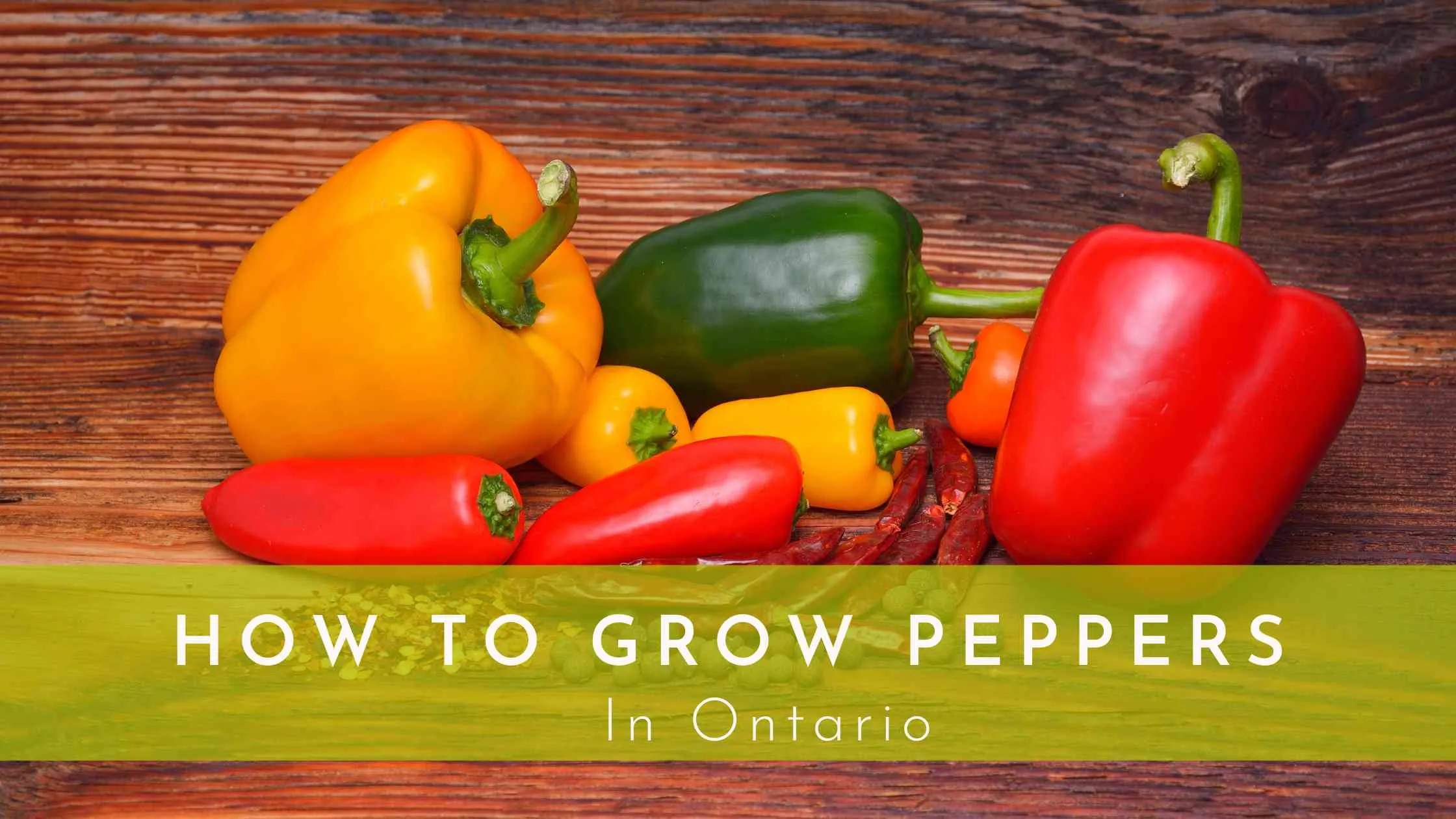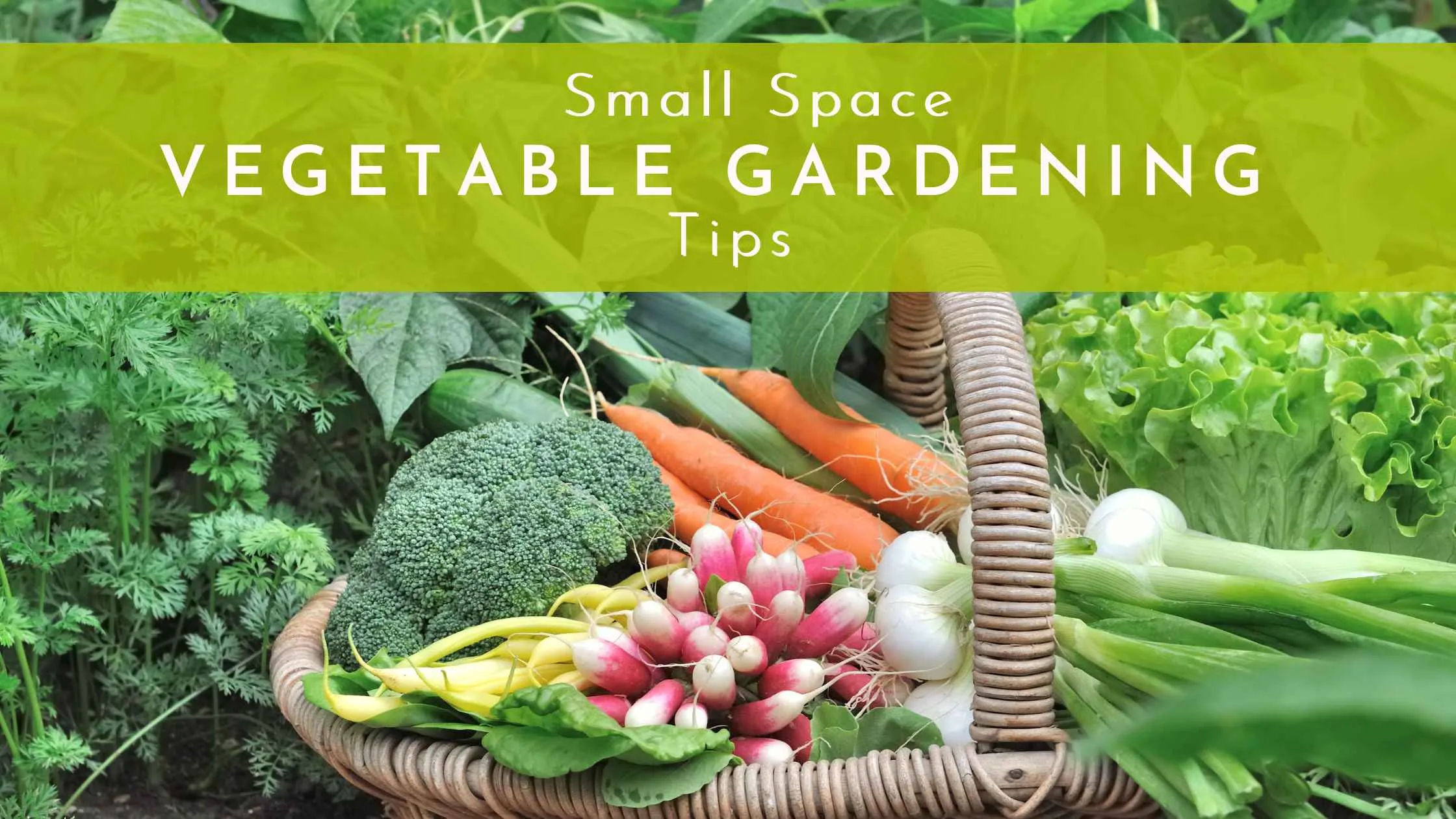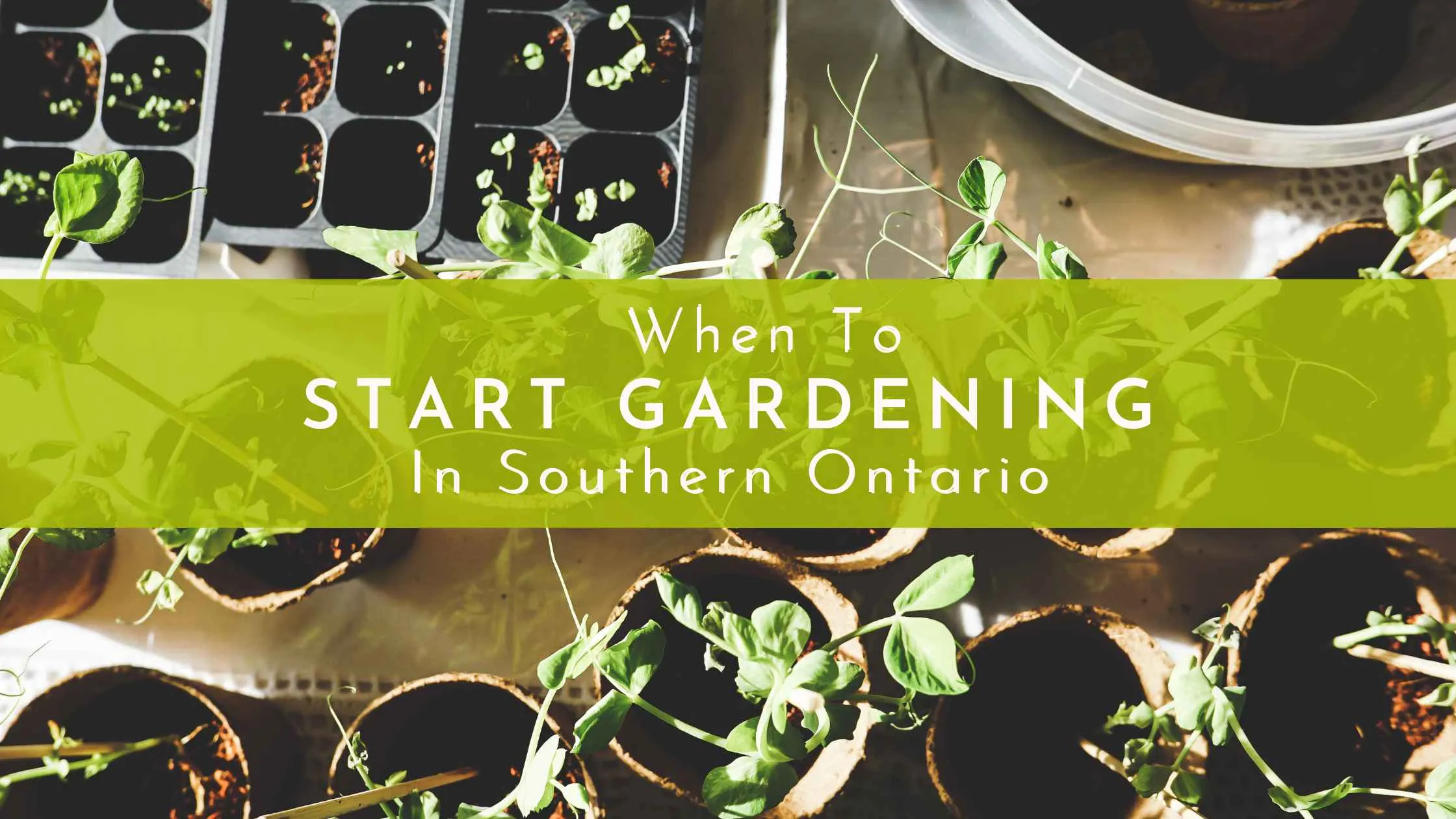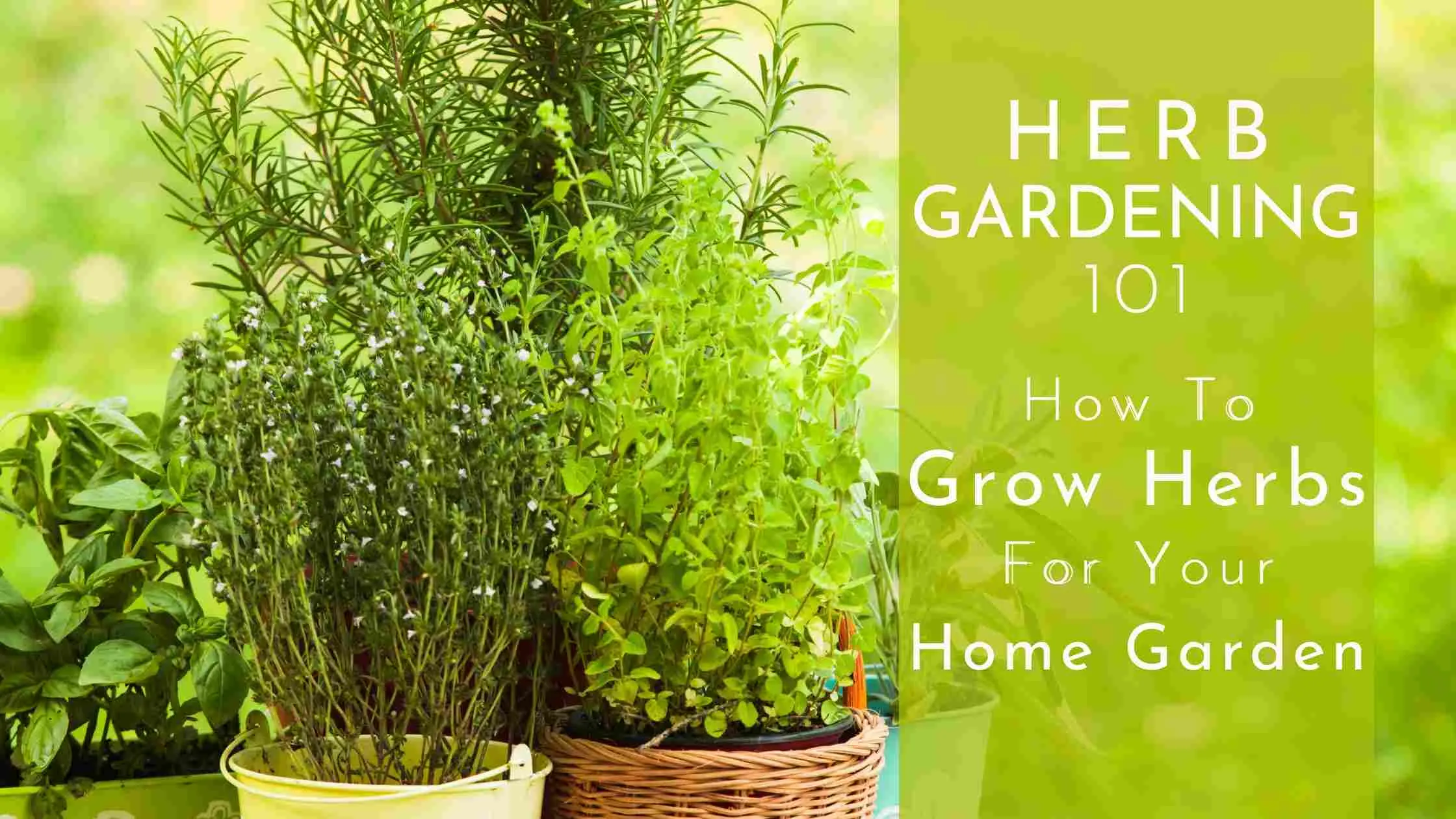How To Keep Your Garden Thriving During Severe Weather
Gardening is an excellent way to interact with nature, although local weather extremes can sometimes make it difficult. Whether you're dealing with hot summers, cold winters, or unpredictable storms, we've got some organic, eco-friendly strategies to help your tiny space garden thrive year-round.
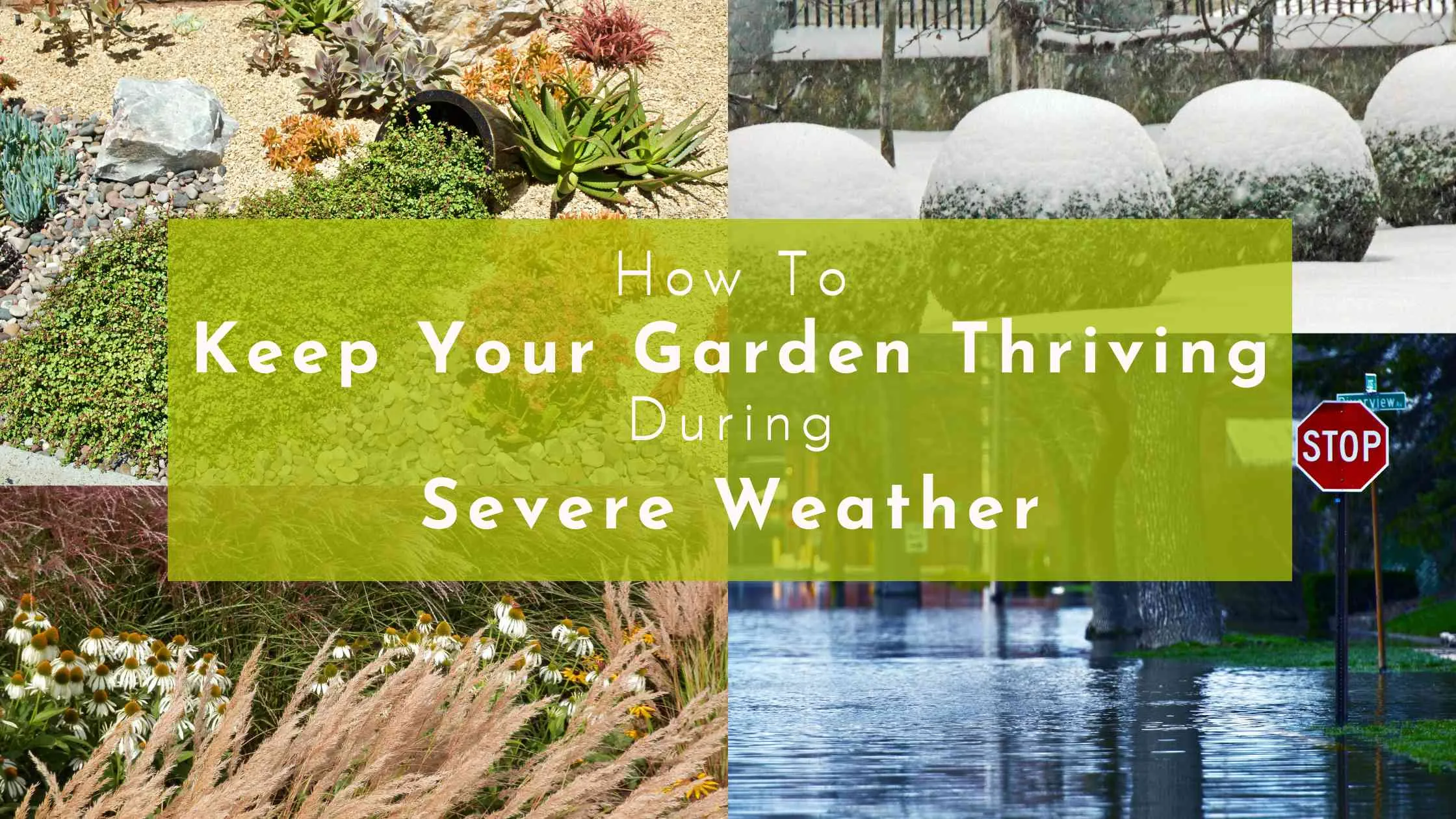
Let's examine how to manage your garden during these harsh conditions. We'll start by discussing the temperature and precipitation patterns that produce such conditions and then discuss some strategies for keeping your plants alive.
1. Hot and Dry Conditions
How Hot and Dry Conditions Form
Temperature: Warm Air
Hot and dry conditions occur when high-pressure systems trap and compress warm air, raising temperatures. These systems can generate scorching temperatures over extended periods.
Precipitation: Low to None
High pressure causes air to sink, preventing cloud formation and resulting in little or no rainfall. This lack of precipitation exacerbates the dry conditions, leading to droughts.
Protective Strategies
Mulching
Mulch is your best friend in hot weather. Organic materials like straw, leaves, or grass clippings can help retain soil moisture and keep roots cool. Spread a 2-3 inch layer around your plants, but avoid direct contact with stems to prevent rot.
Here are some different organic mulch materials and their benefits for your small space garden:
Straw
- Benefits: It is excellent for keeping the soil moist, preventing weed growth, and adding organic matter as it decomposes.
- Best Use: Around vegetable gardens and fruit plants.
Grass Clippings
- Benefits: It is rich in nitrogen, which is great for plants. It helps retain soil moisture and suppress weeds.
- Best Use: Lawn clippings are perfect for vegetable gardens and flower beds, but they should be free of pesticides and herbicides.
Leaves
- Benefits: Readily available in fall, they provide excellent insulation for plant roots and add nutrients to the soil as they break down.
- Best Use: Great for perennial beds and around shrubs.
Wood Chips
- Benefits: They are long-lasting, decompose slowly, and improve soil structure. They also provide a clean, finished look to garden beds.
- Best Use: Ideal for paths, around trees, and shrubs.
Compost
- Benefits: Adds nutrients to the soil, improves soil structure, and helps retain moisture. It also suppresses weeds.
- Best Use: It can be used anywhere in the garden, especially in vegetable and flower beds.
Shredded Bark
- Benefits: Slow to decompose, it helps retain soil moisture and adds organic matter to the soil. It also gives a neat appearance.
- Best Use: Around trees, shrubs, and garden pathways.
Pine Needles
- Benefits: Because they are acidic in nature, they are excellent for acid-loving plants like blueberries and azaleas. They also help retain moisture and prevent weed growth.
- Best Use: Best for acid-loving plants and ornamental beds.
Cocoa Bean Hulls
- Benefits: Smells like chocolate and adds nitrogen to the soil as it decomposes. It also helps retain soil moisture.
- Best Use: Flower beds and ornamental gardens, but keep pets away as it can be toxic to dogs.
Cardboard and Newspaper
- Benefits: Excellent weed suppressant and decomposes to add organic matter to the soil. Use layers to cover the soil.
- Best Use: Under other mulch materials in vegetable gardens and flower beds.
Seaweed
- Benefits: It contains many trace elements and minerals that are beneficial to plants. It also helps deter slugs and improves soil structure.
- Best Use: Great for vegetable gardens and coastal areas.
Watering Wisely
Water plants early in the morning or late in the evening to reduce evaporation. Deep watering once or twice a week instead of frequent shallow watering encourages root growth.
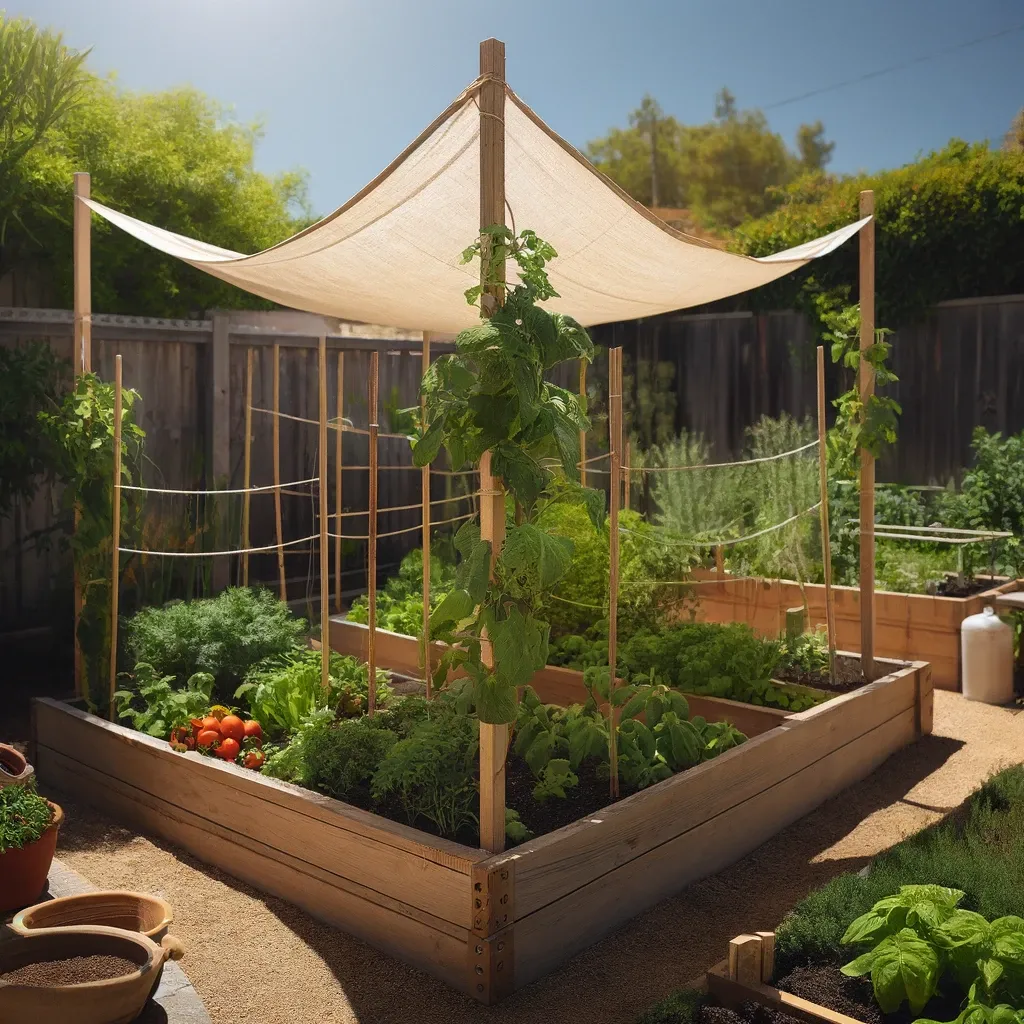
Shade Solutions
Use shade cloths or plant taller plants to provide natural shade for more delicate crops. You can also use umbrellas or even an old bedsheet to create temporary shade during heatwaves.
2. Cold and Frosty Conditions
How Cold and Frosty Conditions Form
Temperature: Cold Air
Cold and frosty conditions typically occur when cold air masses move into an area, often brought by polar or arctic fronts. Clear skies and calm winds, which allow heat to escape from the surface, worsen these conditions.
Precipitation: Snow and Ice
Cold air can lead to snowfall when moisture is present. Snow and ice can insulate the soil but may also burden plant structures with their weight.
Protective Strategies
Frost Covers
Protect your plants from frost using row covers, old sheets, or cardboard boxes. Cover your plants in the evening and remove the coverings in the morning to let in sunlight.
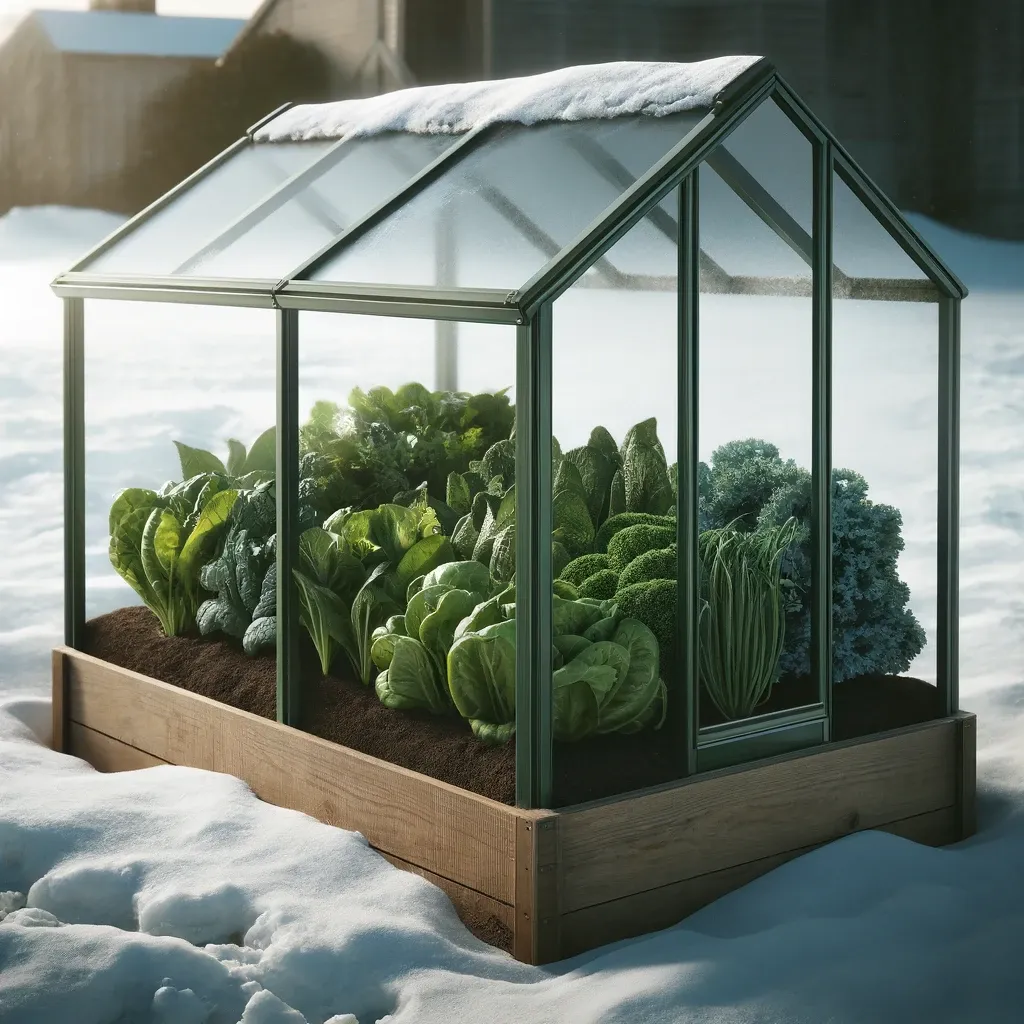
Cold Frames
Build a simple cold frame using reclaimed wood and old windows. This mini greenhouse can extend your growing season by keeping plants warm during unexpected cold snaps.
Hardy Plants
Choose cold-tolerant plants like kale, spinach, and broccoli. These hardy greens can withstand lower temperatures and even improve in flavor after a frost.
3. Windy Conditions
How Windy Conditions Forms
Temperature: Varies
Windy conditions can occur in both hot and cold temperatures. Wind is caused by differences in air pressure resulting from various factors, including temperature contrasts and geographic features.
Precipitation: Varies
Winds can accompany both dry and wet weather. Strong winds often precede storms but can also occur during dry spells, increasing evaporation and drying out plants.
Protective Strategies
Windbreaks
Create windbreaks using tall plants, trellises, or recycled materials like old wooden pallets. This windbreak can help protect your delicate plants from strong winds
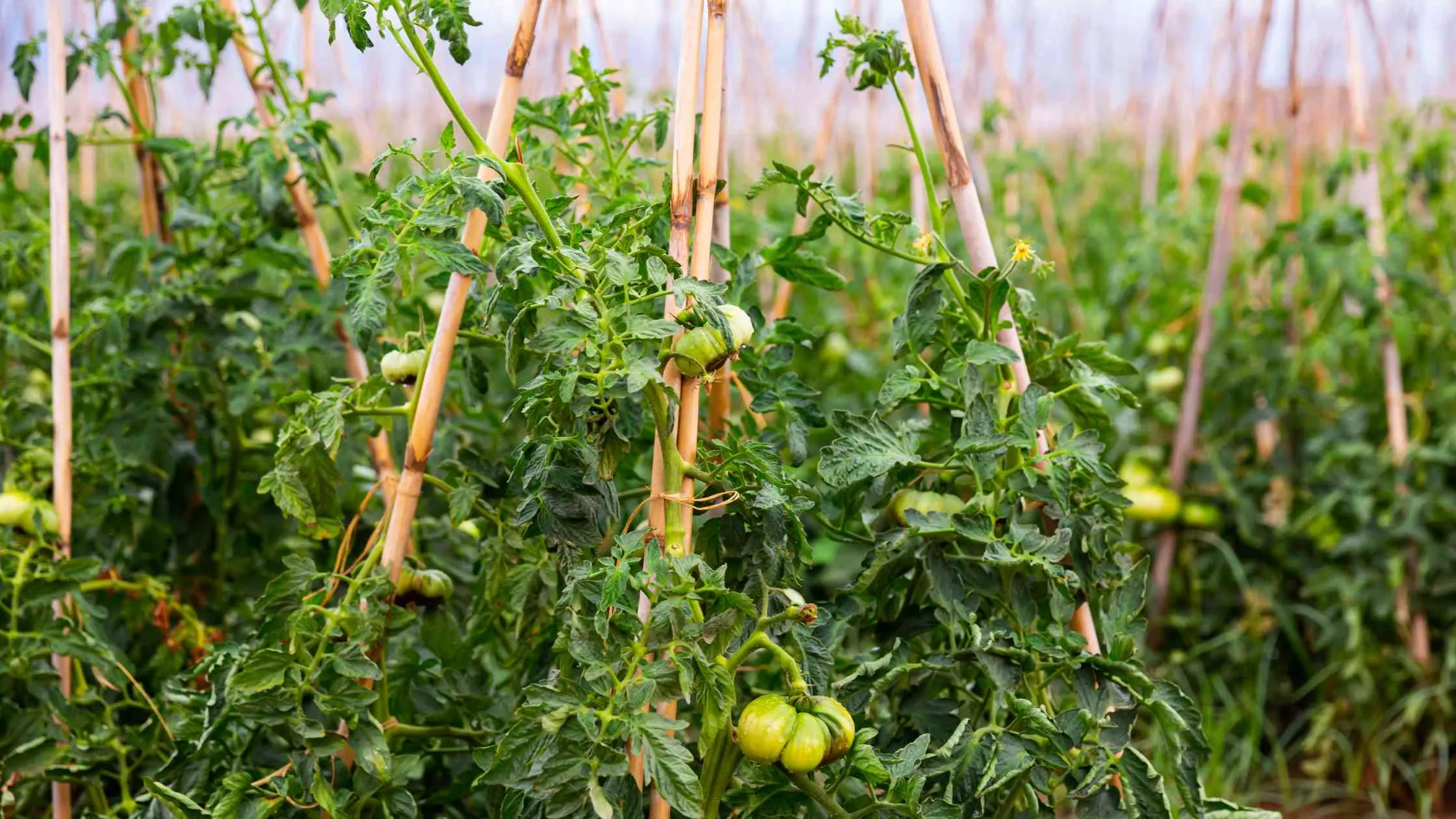
Staking and Supports
Secure taller plants with stakes, cages, or trellises to prevent them from toppling in high winds. Use soft ties to avoid damaging the stems.
Dense Planting
Planting crops densely can help reduce wind damage by creating a natural barrier. Group plants closely together to provide mutual support against the wind.
4. Heavy Rain and Flooding
How Rain and Flooding Conditions Forms
Temperature: Varies
Heavy rain can occur under various temperatures, often associated with low-pressure systems and storms. Warm air can hold more moisture, leading to heavier rainfall when it cools and condenses.
Precipitation: Heavy Rain
When humid air rises and cools, it leads to condensation and precipitation, resulting in heavy rainfall. This occurrence is due to various weather patterns, such as frontal systems, hurricanes, or monsoons.
Protective Strategies
Raised Beds
Raised beds improve drainage and can help prevent plants from sitting in waterlogged soil. Use organic materials like untreated wood, bricks, or recycled materials to build your beds.
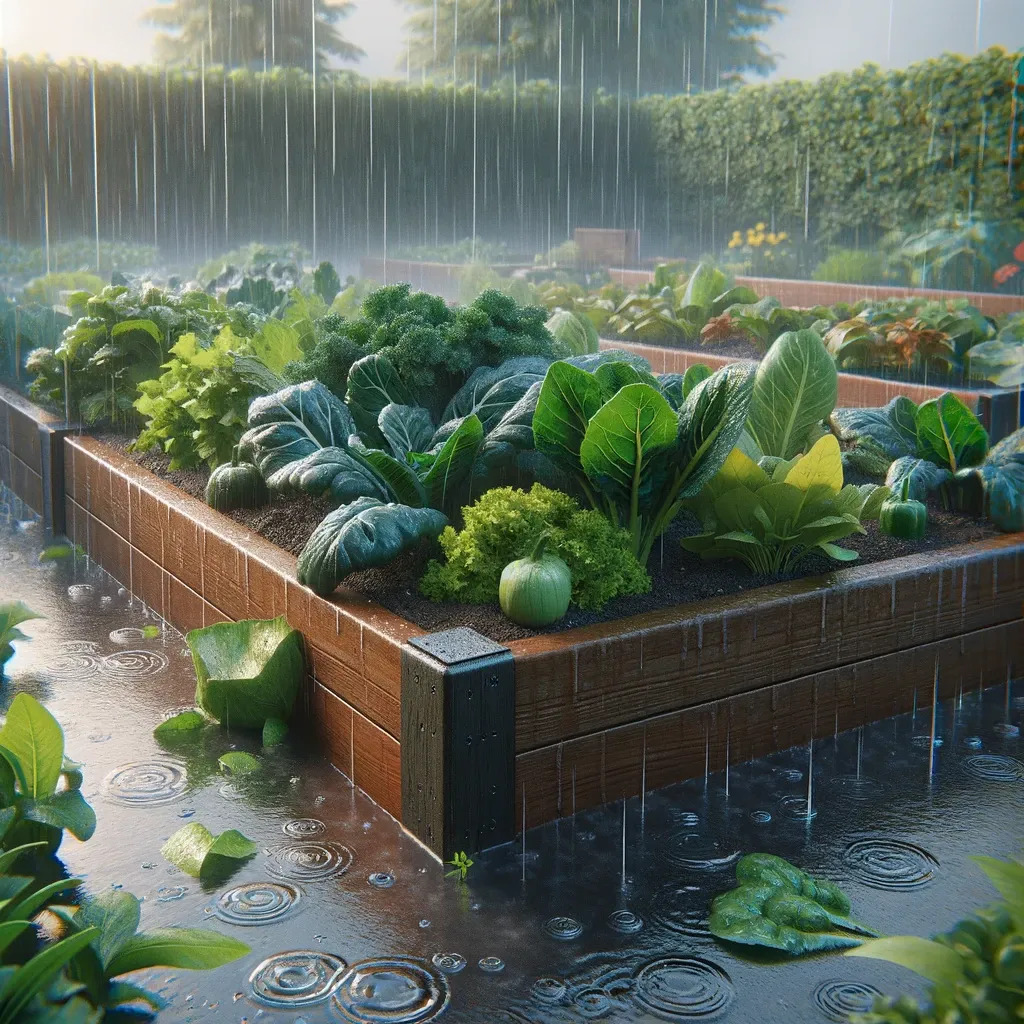
Rain Gardens
Design a rain garden to capture and utilize excess rainwater. Plant water-loving plants like ferns and hostas in low-lying areas to naturally manage runoff.
Soil Amendments
Improve soil structure by adding organic matter like compost or well-rotted manure. This helps the soil drain better and prevents waterlogging.
Final Thoughts
Gardening in local weather extremes requires a bit of creativity and planning, but it's definitely possible to maintain a thriving garden. By using these organic methods and sustainable practices, you'll protect your plants and contribute to a healthier environment.

